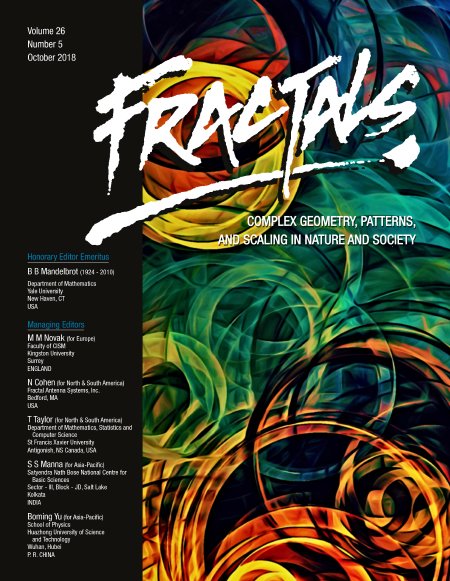RELATIONSHIP BETWEEN EQUIVALENT PERMEABILITY AND FRACTAL DIMENSION OF DUAL-POROSITY MEDIA SUBJECTED TO FLUID–ROCK REACTION UNDER TRIAXIAL STRESSES
Abstract
Analytical solutions for hydraulic properties of dual-porosity media subjected to fluid–rock reaction under triaxial stresses are derived and the effects of inherent parameters of dual-porosity media and surrounding environments on the relative equivalent permeability are systematically investigated. The results show that the applied triaxial stresses close both fracture aperture and pore diameter, and decrease the equivalent permeabilities of both fractures and rock matrix. The fluid–rock reaction over time decreases the equivalent permeability of fractures, and increases the relative permeability that is the ratio of matrix permeability to fracture permeability. When the time is long, the reaction may be negligible and the relative permeability holds constants. The relative equivalent permeability is more sensitive to the fractal dimension of fracture aperture distribution than that to pore diameter distribution. The relative permeability is significantly influenced by both the maximum fracture aperture and the maximum pore diameter. The rougher fracture surface and the more tortuous capillary correspond to a longer distance that a particle needs to move, thereby resulting in the smaller permeability of fractures and matrix, respectively. In engineering practice, the inherent properties of dual-porosity media can be obtained through geological survey on the outcrops of fractured rock masses and experiments on rock matrix. The triaxial stress can be estimated through ground stress tests. Therefore, it is available to analytically characterize the hydraulic properties of dual-porosity media.


